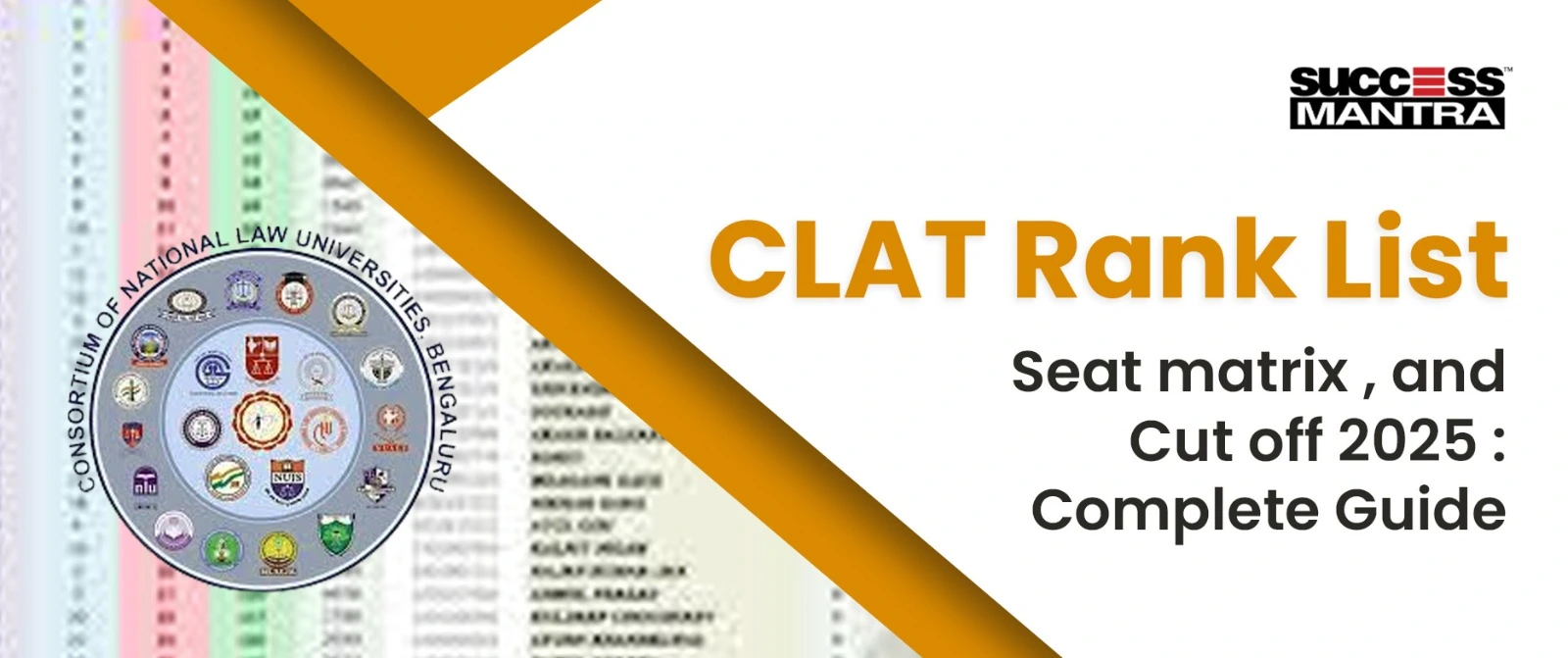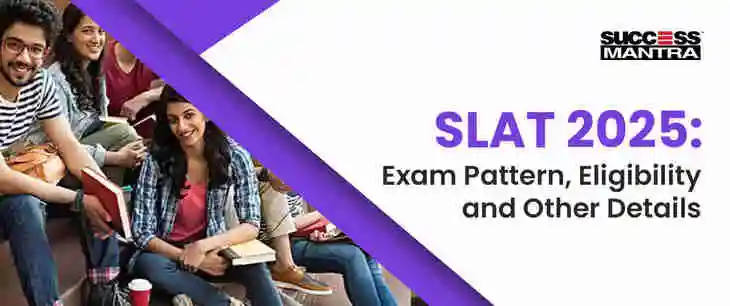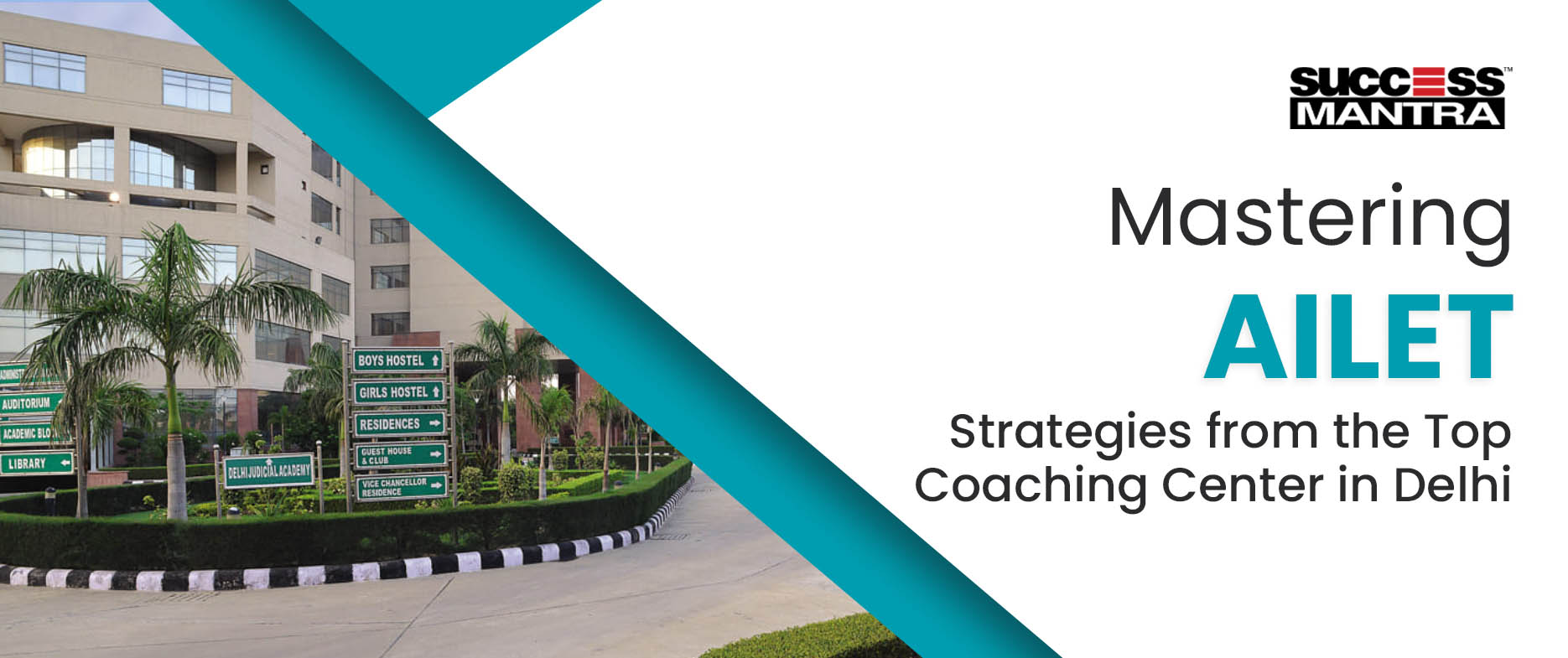ALL ABOUT GST (Goods & Services Tax)
Goods and Services Tax (GST)
- Goods and Services Tax (GST) is the biggest indirect tax reform of India. It came into force on July 1, 2017.
- GST was introduced in the country after a 13 year long journey since it was first discussed in the report of the Kelkar Task Force on indirect taxes.
TIMELINE
- In India, the idea of adopting GST was first suggested by the Atal Bihari Vajpayee Government in 2000.
- In 2003, the Kelkar Task Force on indirect tax had suggested a comprehensive Goods and Services Tax (GST) based on VAT principle.
- A proposal to introduce a National level Goods and Services Tax (GST) by April 1, 2010 was first mooted in the Budget Speech for the financial year 2006-07.
- The One Hundred and Twenty Second Amendment Bill of the Constitution of India, officially known as The Constitution Act, 2016, introduced a national Goods and Services Tax in India from 1 July 2017.
The President of India has promulgated two ordinances, namely, the Central Goods and Services Tax (Extension to Jammu and Kashmir) Ordinance, 2017 and the Integrated Goods and Services Tax (Extension to Jammu and Kashmir) Ordinance, 2017 extending the domain of Central GST Act and the Integrated GST Act to the State of Jammu and Kashmir, with effect from 8th July, 2017.
STRUCTURE OF GST
- GST has two components namely Central GST (CGST) and State GST (SGST). The tax shall be levied as Dual GST separately but concurrently by the Union (central tax - CGST) and the States (including Union Territories with legislatures) (State tax - SGST) / Union territories without legislatures (Union territory tax- UTGST).
- Both Centre and States will simultaneously levy GST across the value chain. Tax will be levied on every supply of goods and services. Centre would levy and collect Central Goods and Services Tax (CGST), and States would levy and collect the State Goods and Services Tax (SGST) on all transactions within a State. The input tax credit of CGST would be available for discharging the CGST liability on the output at each stage. Similarly, the credit of SGST paid on inputs would be allowed for paying the SGST on output. No cross utilization of credit would be permitted.
- The Integrated Goods and Services Tax (IGST) will be levied on Inter State transactions of goods and services. In case of inter-State transactions, the Centre would levy and collect the Integrated Goods and Services Tax (IGST) on all inter-State supplies of goods and services under Article 269A (1) of the Constitution. The IGST would roughly be equal to CGST plus SGST. The IGST mechanism has been designed to ensure seamless flow of input tax credit from one State to another. The inter-State seller would pay IGST on the sale of his goods to the Central Government after adjusting credit of IGST, CGST and SGST on his purchases (in that order). The exporting State will transfer to the Centre the credit of SGST used in payment of IGST. The importing dealer will claim credit of IGST while discharging his output tax liability (both CGST and SGST) in his own State. The Centre will transfer to the importing State the credit of IGST used in payment of SGST. Since GST is a destination-based tax, all SGST on the final product will ordinarily accrue to the consuming State.
There are four tax slabs under GST which are 5, 12, 18 and 28%. Rate for precious metals has been fixed at 3%. In addition unworked diamonds, precious stones, etc. attracts a rate of 0.25%.
A cess over the peak rate of 28% on certain specified luxury and demerit goods, like tobacco and tobacco products, pan masala, aerated waters, motor vehicles, would be imposed for a period of five years to compensate States for any revenue loss on account of implementation of GST
GST would apply to all goods and services except Alcohol for human consumption.
TAXES SUBSUMED BY GST
At the Central level, the following taxes are being subsumed:
- Central Excise Duty
- Additional Excise Duty,
- Service Tax,
- Additional Customs Duty commonly known as Countervailing Duty, and
- Special Additional Duty of Customs.
At the State level, the following taxes are being subsumed:
- Subsuming of State Value Added Tax/Sales Tax,
- Entertainment Tax (other than the tax levied by the local bodies), Central Sales Tax (levied by the Centre and collected by the States),
- Octroi and Entry tax,
- Purchase Tax,
- Luxury tax, and
- Taxes on lottery, betting and gambling.
GST COUNCIL
As per Article 279A of the amended Constitution, the GST Council which will be a joint forum of the Centre and the States, shall consist of the following members: -
- Union Finance Minister - Chairperson
- The Union Minister of State, in-charge of Revenue of finance – Member(Shiv Pratap Shukla)
- The Minister In-charge of finance or taxation or any other Minister nominated by each State Government – Members
The Union Cabinet approved setting-up of GST Council and setting-up of its Secretariat. The Cabinet inter alia took decisions for the following:
(a) Creation of the GST Council as per Article 279A of the amended Constitution;
(b) Creation of the GST Council Secretariat, with its office at New Delhi;
(c) Appointment of the Secretary (Revenue) as the Ex-officio Secretary to the GST Council;
(d) Inclusion of the Chairperson, Central Board of Excise and Customs (CBEC), as a permanent invitee (non-voting) to all proceedings of the GST Council;
(e) Create one post of Additional Secretary to the GST Council in the GST Council Secretariat (at the level of Additional Secretary to the Government of India), and four posts of Commissioner in the GST Council Secretariat (at the level of Joint Secretary to the Government of India).
- Chairman of GST Council-Arun Jaitley
- Chairman of GSTN- Ajay Bhushan Pandey
- CEO of GSTN- Prakash Kumar
- Chairman of GST Anti-Profiteering Committee-Badri Narain Sharma
- Director General of Goods and Services Tax Intelligence (DG GSTI)- Dr John Joseph
GSTIN
GSTIN refers to GST Identification Number assigned to every GST registered dealer. Each taxpayer is assigned a state-wise PAN-based 15-digit Goods and Services Taxpayer Identification Number (GSTIN).
- The first two digits represent the state code as per Indian Census 2011. Every state has a unique code. For instance,
- State code of Karnataka is 29
- State code of Delhi is 07
- The next ten digits will be the PAN number of the taxpayer
- The thirteenth digit will be assigned based on the number of registration within a state
- The fourteenth digit will be Z by default
- The last digit will be for check code. It may be an alphabet or a number.
GSTN
GSTN / Goods and Service Tax Network is a non-profit, non-government organization which manages the entire IT system of the GST portal.
GSTN was incorporated on March 28, 2013. The Government of India holds 24.5% equity in GSTN and all States of the Indian Union, including NCT of Delhi and Puducherry, and the Empowered Committee of State Finance Ministers (EC), together hold another 24.5%. Balance 51% equity is with non-Government financial institutions. The Company has been set up primarily to provide IT infrastructure and services to the Central and State Governments, tax payers and other stakeholders for implementation of the Goods and Services Tax (GST).
Infosys is its technology service provider. Balance 51% equity is with non-Government financial institutions-HDFC Bank Ltd (10%), HDFC Ltd (10%), ICICI Bank Ltd (10%), NSE Strategic Investment Corporation Ltd (10%) and LIC Housing Finance Limited (11%).














